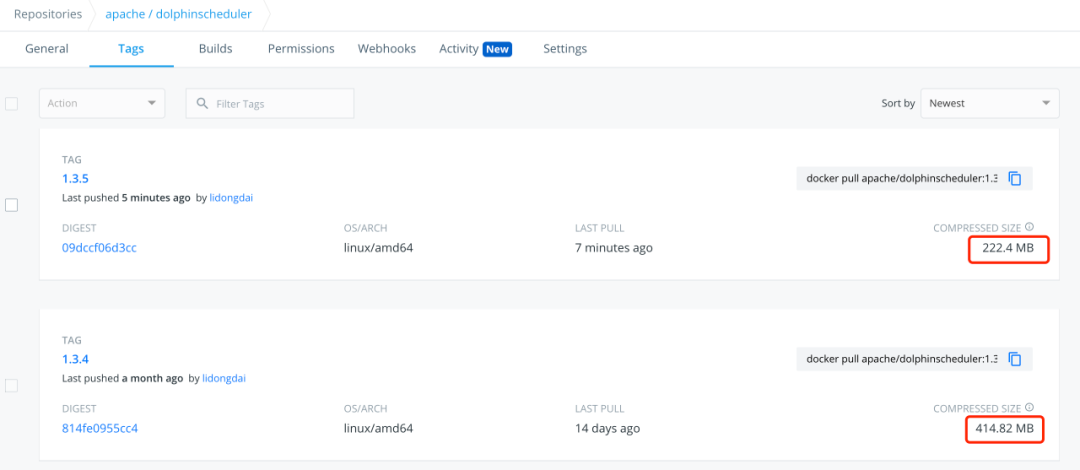I want to ask what is the reason to use Facade Pattern when access EJB Session Bean. In my Netbeans 6.9.1, if I do New > Sessions Bean for Entity Classes, and let say that I select User entity, then Netbeans would generate this code
AbstractFacade.java
public abstract class AbstractFacade<T> {
private Class<T> entityClass;
public AbstractFacade(Class<T> entityClass) {
this.entityClass = entityClass;
}
protected abstract EntityManager getEntityManager();
public void create(T entity) {
getEntityManager().persist(entity);
}
public T edit(T entity) {
return getEntityManager().merge(entity);
}
public void remove(T entity) {
getEntityManager().remove(getEntityManager().merge(entity));
}
public T find(Object id) {
return getEntityManager().find(entityClass, id);
}
public List<T> findAll() {
javax.persistence.criteria.CriteriaQuery cq = getEntityManager().getCriteriaBuilder().createQuery();
cq.select(cq.from(entityClass));
return getEntityManager().createQuery(cq).getResultList();
}
public List<T> findRange(int[] range) {
...
}
public int count() {
...
}
AND
UserFacade.java
package com.bridgeye.ejb;
import javax.ejb.Stateless;
import javax.persistence.EntityManager;
import javax.persistence.PersistenceContext;
@Stateless
public class UserFacade extends AbstractFacade<User> {
@PersistenceContext(unitName = "Bridgeye2-ejbPU")
private EntityManager em;
@Override
protected EntityManager getEntityManager() {
return em;
}
public UserFacade() {
super(User.class);
}
}
I want to ask what is the benefit of this. If I have 10 entities, then Netbeans would generated 10 Facade classes plus the AbstractFacade. This seems to be overkill to me. Let say somewhere inside my managed bean, i have to persist a User and School then I have do this
someManagedBean.java
...
@EJB
private UserFacade userEJB;
@EJB
private SchoolFacade schoolEJB;
...
public void someMethod(User user, School school){
...
userEJB.create(user);
schoolEJB.create(school);
}
Is this the right things to do?

